
Chincoteague NWR > June 2013
info@GrayFoxImages.com

Chincoteague NWR > June 2013 |
|
Michael W Masters
info@GrayFoxImages.com |
| Image Thumbnails |
|
There was a time when birds were plentiful in both numbers and variety of species at Chincoteague NWR, but in recent June visits this has been less so. Atlantic storms have radically altered much of the habitat near the Assateague Island beach, and as a result many locations that once were productive are now barren. The shorebird population in particular has been much reduced, with few species in evidence other than resident willets and a few oystercatchers. Elsewhere on the refuge, great egrets and snowys are usually present, but great blue herons are less frequent these days, and small herons are especially hard to spot. The net result is that unless weather is good there is almost nothing to do except chase gulls on the beach. That was the case for much of this visit. For most of the week it either rained or was windy or the sky was darkly cloudy. There was one high point however, and that was that we arrived during piping plover nesting season. On the first day I happened to spot two mature chicks at the turnaround at the end of the beach parking lot. They didn't tarry long, but I managed to get a few images. Thereafter, I watched two females on nests within cages inside the restricted area, staked out by refuge staff to keep out casual beach visitors. Piping plovers are a protected species and, along with least terns and black-necked skimmers, their nesting area is roped off each spring during nesting season. I was rewarded a couple of days later by witnessing three newly hatched chicks scurrying about within their cage, under the watchful eye of their mother who was likely sitting on a fourth egg -- the next morning all were gone, indicating that the final egg had hatched. Throughout the rest of the week I was able to spot the newly hatched chicks as well as their older companions running about the sand dunes within the restricted area. I also witnessed the older chicks fledge. Although no memorable photographs emerged from this encounter the experience was by far the best of the week. Otherwise it was mostly gulls -- which helped prompt the writing of my most recent (and hopefully entertaining) essay. The final full day dawned well, with bright sun and little wind. A pair of bathing juvenile willets turned up as well as a fishing tricolor heron at a little inlet behind the beach parking lot, a spot within Little Tom's Cove that I've dubbed Tiny Tom's Cove. This is an excellent morning location when the tide is in (and the cove's mud flat shallows are covered). The Sun rising over the Atlantic Ocean is directly behind, making for full frontal lighting, and green marsh grass in the distance makes a good backdrop for more distant shots. The next morning brought a visit to the beach for a sunrise photoshoot with my daughter before packing up and departing. Her web page is here. |
 |
 |
 |
 |
 |
 |
 |
 |
 |
 |
 |
 |
 |
 |
 |
 |
 |
 |
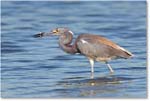 |
 |
 |
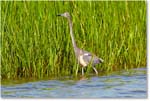 |
 |
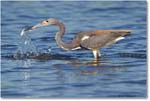 |
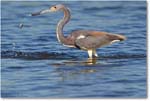 |
 |
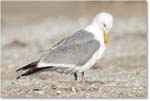 |
 |
 |
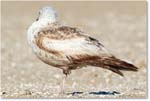 |
 |
 |
 |
 |
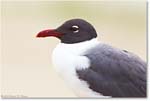 |
 |
 |
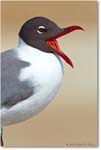 |
 |
 |
 |
 |
 |
 |
 |
 |
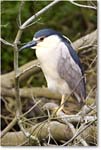 |
 |
 |
 |
 |
 |
 |
 |
 |
 |
 |
 |
|
 |
 |
 |
 |
 |
 |
 |
 |
 |
 |
 |
 |
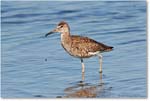 |
 |
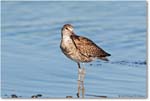 |
 |
 |
 |
 |
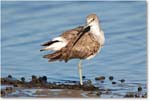 |
 |
 |
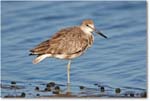 |
 |
 |
 |
 |
 |
 |